This site uses only a few technical cookies necessary for its operation. By continuing to browse, you accept their use.
To find out more...
To find out more...
Pastry and bakery dough families
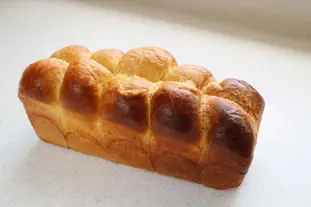
There are many kinds, or families, of pastry and bakery doughs, depending on whether you want to make a tart, a cake, a pie, a brioche, croissants and so on.
I'll try to give you a quick overview of all these doughs, how they're classified, and what they're used for.
I'll try to give you a quick overview of all these doughs, how they're classified, and what they're used for.
11 K 4.9/5 (16 reviews)
Keywords for this post:PastryDoughDifferencesTextureLast modified on: November 16th 2020
Pastry and bakery dough families
Shortcrust pastry (or "tart dough")
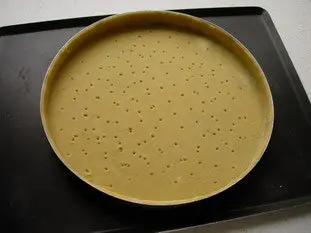 | 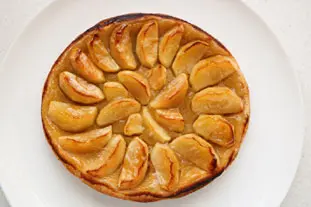 | These are the simplest, with no yeast in them, just a mixture of flour, butter, sugar and sometimes egg. They include shortcrust, shortbread, sweet and dark pastry. They're all based on the same principle, changing only the weights of butter and sugar, mainly. Their specificity, if you like, is that you don't work them, or you work them as little as possible. As soon as the mixture is done, you stop everything, and you don't insist, because otherwise the gluten network will start to build up, and your dough will become elastic, which is something you really don't want. |
Battered dough
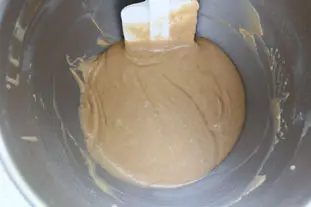 | 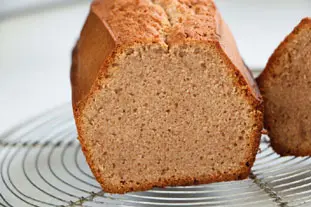 | These are the doughs used for cakes, sponge cakes, choux pastry, etc. This is achieved either by whipping in air during kneading, or by adding baking powder, which causes the dough to swell during cooking. |
Puff pastry
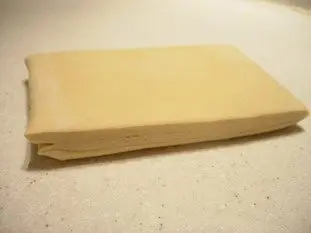 | 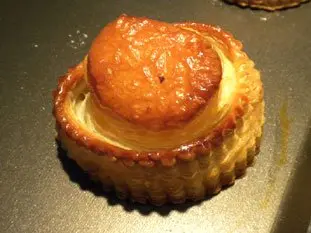 | These doughs are more complex to make: you start by kneading a simple, lightly buttered dough, called a "détrempe", to which you then add butter, enclosing it in the "détrempe". The whole thing is then folded several times ("turns") to obtain the famous puff pastry. This is mainly puff pastry. |
Leavened dough
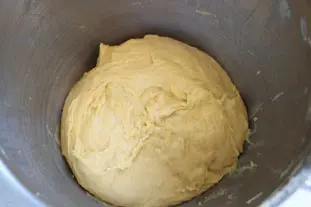 |  | You guessed it, they're going to rise! And that's all because baker's yeast is added to it, which causes the dough to rise after a fairly long resting period in a warm place. These are doughs that are kneaded for a long time, often with butter: brioche dough, bread pudding dough, Viennoise dough, etc. |
Croissants dough
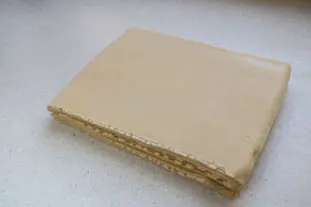 | 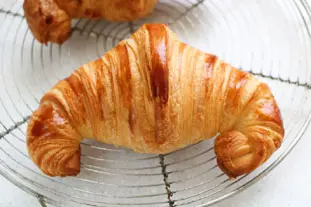 | As its french name suggests (pâte levée-feuilletée), this is the fusion of the 2 previous types: We still prepare a distemper, but there's baker's yeast in it, and then we also incorporate butter by "tourage". The dough is then rolled out, left to rise, and finally baked, giving a delicious mix of crispiness and softness. This is the dough used for croissants and pains au chocolat, the most technical of all, but also the one that makes the majority of viennoiseries. |
That's it, we've done the grand tour (I'm deliberately leaving out bread and pizza doughs), and here you have the essentials of the doughs you could make at home, or perhaps already do.
I hope I've made you want to knead, or at least made you hungry...
Lasts posts
The grease spray
As soon as you have something in a recipe that sticks to the mold, the question always arises as to how difficult it is to remove from the mold. There's nothing more frustrating than breaking your cake when unmolding it, because part of it has stuck in the mold. The classic way to avoid this is...August 26th 20251,0435
Cake moulds
When we make a cake, or a cake of the same rectangular shape, we usually take out our usual mould and tell ourselves that the recipe is anyway "for a cake", but is it really that simple?August 25th 20253,8425
Thinning out herbs
If you need to add a long-stemmed herb (tarragon, mint, verbena, thyme, etc.) to a recipe, you'll probably only need the leaves and not the stem, so you'll need to remove the leaves. Leaf removal means keeping only the beautiful leaves, and eliminating the ugly stems and leaves, but how do you do...August 8th 20252,0465
Add a bay leaf
Bay leaf: small in size, but big in flavor. You'll find it in hundreds of recipes, and it's often added to cooking meat, in a sauce or broth, usually accompanied by other herbs or products. It's a staple of Provençal, Mediterranean and Oriental cuisine, but not the only one. Usually, in a...July 31th 20252,1555
Parsley stems
Parsley, whether curly or flat, is a delicious ingredient in many recipes, where it is used both raw and cooked. When used raw, in a salad for example, where it always provides, alone or with other herbs, a remarkable freshness, only the leaves are kept. And when used cooked?July 28th 20252,332 13
Other pages you may also like
The grease spray
As soon as you have something in a recipe that sticks to the mold, the question always arises as to how difficult it is to remove from the mold. There's nothing more frustrating than breaking your cake when unmolding it, because part of it has stuck in the mold. The classic way to avoid this is...August 26th 20251,0435
The art of the charlotte
In cooking, a charlotte is a delicious moulded dessert, with biscuits around the outside that have been soaked in a flavoured syrup, filled with a light cream or mousse. The charlotte is left to set in the fridge before being turned out and served in slices. It is very light and a lovely sweet...February 27th 201343 K4.3
The window-pane test in bread-making
The home bread-makers often ask themselves “Have I kneaded my dough long enough?” . A good question, as dough that is insufficiently kneaded will not rise properly or will fall flat when the top is slashed, which is very frustrating. To know when the dough is ready, one can rely on the length...June 16th 202193 K 23.9
The 3 secrets of Parisian flan
A flan Parisien, or boulanger, is a simple yet delicious cake. A cream, a mixture of milk, eggs and sugar, is poured into a raw pastry base and baked in the oven until the pastry and cream are cooked. This is the simplest version of the recipe, probably the original one, but nowadays the cream...July 21th 202312 K4.7
For well opened (puffed) cakes
It's always nice to have a well puffed up cake after baking, not only will it taste good but it looks great too. Let's see how to get this beautiful shape almost every time.January 23th 201931 K4.2
Post a comment or question
Follow this page
If you are interested in this page, you can "follow" it, by entering your email address here. You will then receive a notification immediately each time the page is modified or a new comment is added. Please note that you will need to confirm this following.
Note: We'll never share your e-mail address with anyone else.
Alternatively: you can subscribe to the mailing list of cooling-ez.com , you will receive a e-mail for each new recipe published on the site.








